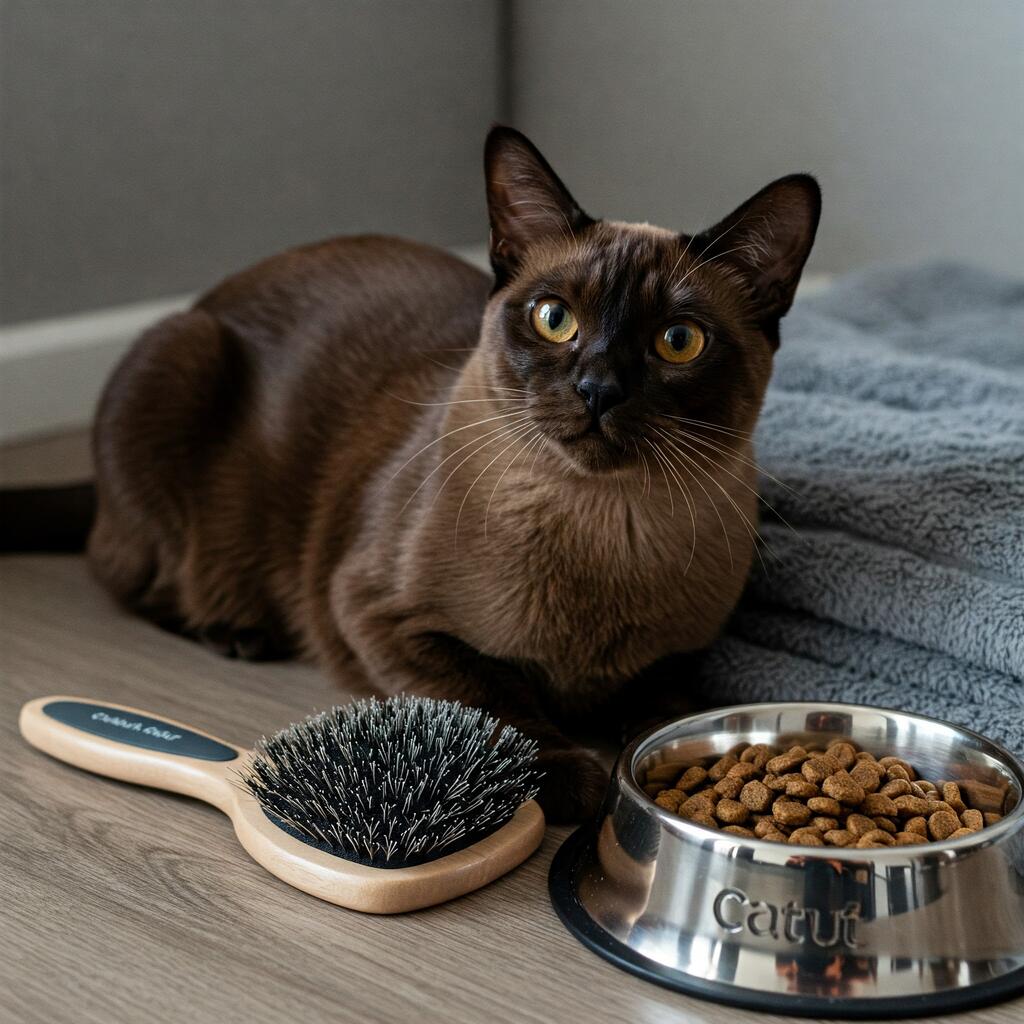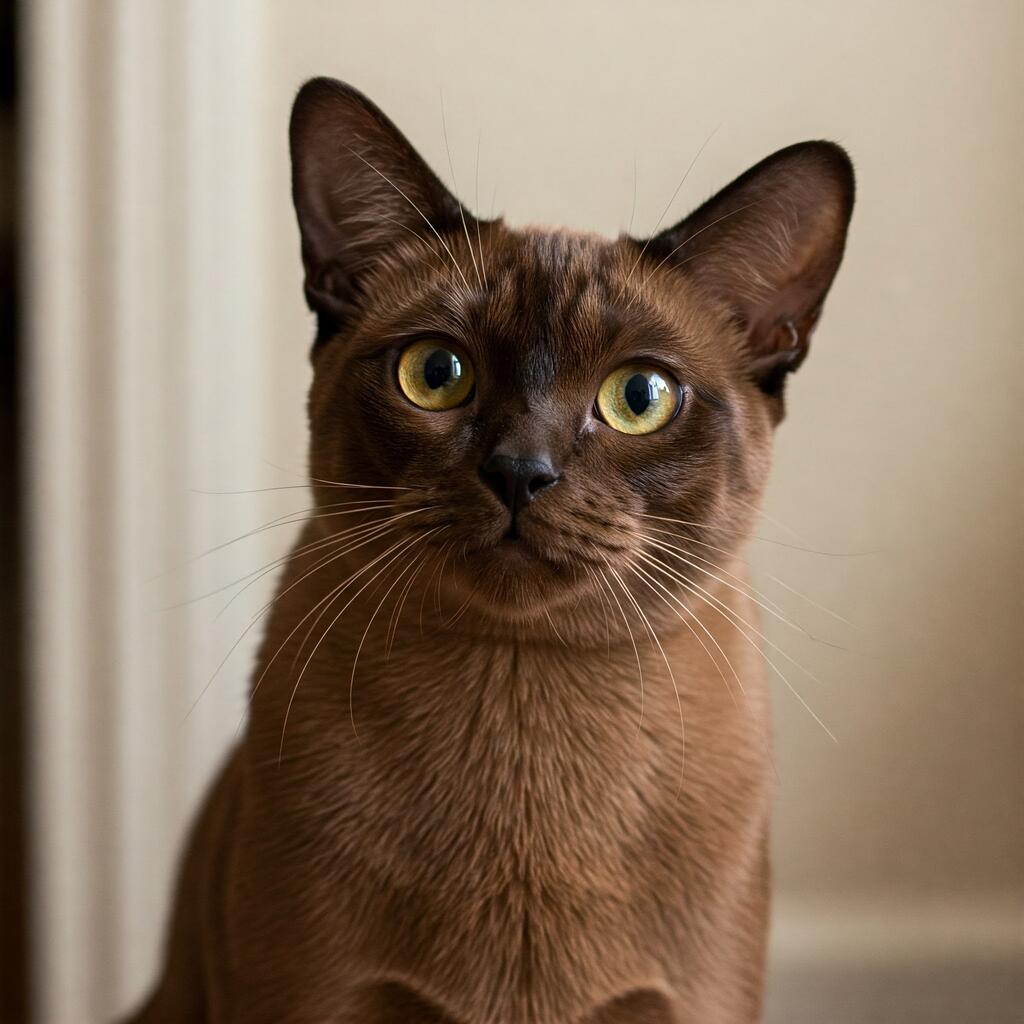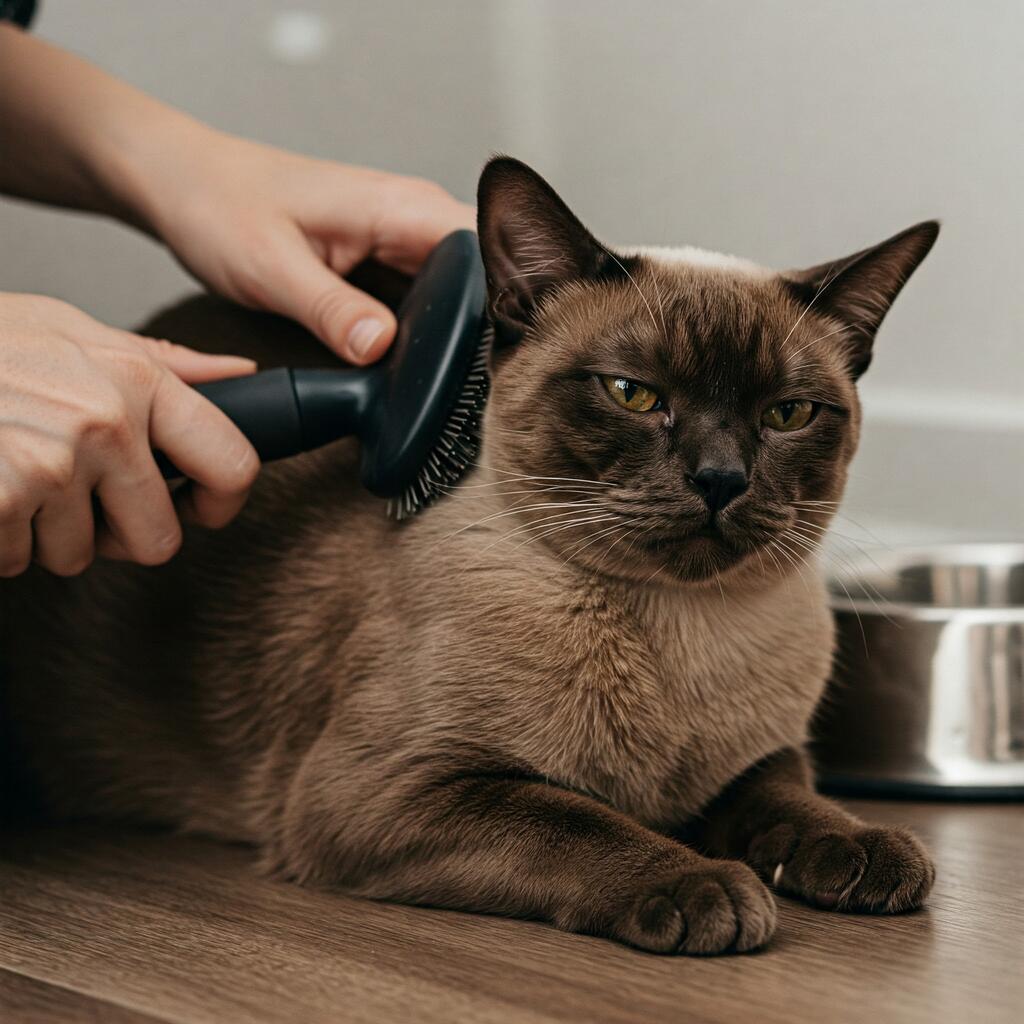
Burmese Cats: Everything You Need to Know for Care
The history of the Cat Burmese, the known one, begins in 1930, but legend has it that this cat is thought to be much older, even some date it around 1300. Legend has it that the Cat Burmese was the sacred cat of the Burmese monks. It watched over the monks' lives and even had the ability to converse with the gods.
The Cat Burmese as we know it today was born because a Navy psychiatrist, on the streets of the city of Rangoon, the capital of Burma, met a very beautiful Tonkinese cat with a sweet expression and a strange brown coat, whom he named Wong Mau.
On his way back to San Francisco, he wanted to take her with him, convinced that she was a Siamese, even if she was a little wrong. He then mated her with a Siamese and this gave birth to four kittens, two Siamese and two Tonkinese, and from here began the actual breeding of this breed, which was called Burmese, which was recognised after six years and many more matings with Siamese and Tonkinese, until it reached the standard of today.
This cat is divided into two branches: the American Cat Burmese, mostly dark brown, and the European Burmese, which can have various colours including red, brown and blue. It is not a very well known cat to the general public.
Character of the Cat Burmese

He loves both the comfort of a home and the open spaces where he can roam in perfect solitude. He likes climbing trees and hunting for small prey. He is therefore agile and a great jumper; in fact, he likes to entertain his family at home with increasingly high and sometimes dangerous jumps, stopping only to make sure that his audience is watching him. He likes to be the centre of attention.
He is very suitable for children as he likes to play and does so equally whether he is a few months or many years old. He chooses the time for cuddles but a daily session is a must for a Burmese.
At any age, they love to observe their surroundings and often their favourite spot becomes a window from which they can observe the world. These animals get on very well with their own kind, but not always with cats of other breeds. With strangers they are more curious than wary. It is a cat that rarely meows.
Appearance of the Cat Burmese

The body is broad and powerful, with a strong bone structure and well-developed musculature. The paws are well proportioned to the body, the tips of the paws are round.
The head is round without flat spots, the face is full and maintains the round contours of the head. The ears are medium, well spaced and with a slightly rounded tip. The eyes are round, widely spaced and large. The colour of the eyes may be gold, yellow, green, but in any case in accordance with the colour of the coat. The tail is fairly long and straight.
The coat is short, fine, glossy and spreads very close to the body. The original coat colour of the Burmese is sable, where the coat is brown, warm brown or dark hazel; the basic colour is one but from area to area it varies in intensity, the lower part of the body tends to be lighter than the back and legs. The colours however are many, ranging from black to red to cream to tortie.
Health and care of the Cat Burmese

It is a cat with a rather voracious appetite, so it is good that the diet is controlled, especially in old age.
As far as the maintenance of its coat is concerned, it does not lose much, and to keep it in place a brushing once a week is sufficient, then it is a cat that keeps itself very well.






















